HARA. VITAL CENTER
The soul is connected with the body in certain centers; our vital energy comes from these connections. The soul is intimately connected with these centers; the life energy flows into the body from these centers. The seeker who is not aware of these centers will never be able to perceive the soul. If I ask you which is the most important center, which is the most important place in your body, you will probably point out the head or the heart. The head or the brain is not the most important centre of man’s life energy. It is like asking a plant what is its most important and vital part. As the flowers are at the most visible end of the plant, the plant and everyone will say that the most important part is the flowers. Even if the flowers appear to be the most important, they are not; the most important thing is the roots, even if they are not visible. In the plant of man, the mind is the flower and not the root. The roots come first, the flowers come last. If we ignore the roots, the flowers will wither because they have no life of their own. If we take care of the roots, we will automatically be taking care of the flowers; you do not need to make any special effort to take care of them. When you look at a plant it seems that the flowers are the most important part; likewise, it seems that the mind is the most important part of man. But the mind is the last thing that develops in the body of man, not the root.
Mao Zedong wrote his childhood memories:When I was little,” he said, “there was a beautiful garden near my mother’s hut. The garden was so beautiful, it had such beautiful flowers, that people used to come from far away to see them. Then my mother got old and sick. She didn’t care about her illness or her age. Her only concern was what would happen to her garden.
Mao was young. He told his mother, “Don’t worry, I’ll take care of your garden. And Mao tended the garden, working from morning till night. After a month his mother got better, and as soon as she could walk a little she went into the garden. When she saw the state of the garden, she was upset. The garden was a wreck. All the plants had dried up. All the flowers had withered and fallen off. He got very angry and said to Mao: You were in the garden all day. What have you done? All the flowers had been spoiled. The garden has withered away. The plants are about to die. What have you been doing?
Mao started crying. He was grieving himself. He had worked hard every day, but for some reason the garden had been drying up. He began to cry and said: I’ve taken good care of it. I gave him a kiss and I loved every flower. I was dusting every leaf, but I don’t know what happened. I was worried too, but the flowers were withering, the leaves were drying out and the garden was dying.
His mother began to laugh and said: “You still don’t know that the life of the flowers is not in the flowers and that the life of the leaves is not in the leaves! The life of a plant is in a place that is not obvious to anyone: it is in the roots hidden under the ground. If we do not take care of the roots, it is impossible to take care of the flowers and the leaves. No matter how much you kiss them, no matter how much you love them, no matter how much you dust them, the plant will wither away. But if we don’t care about the flowers at all and take care of the roots, the flowers will take care of themselves. The flowers come from the roots, not the other way around.
If we ask any person what is the most important part of the human body, unconsciously his hand will point to the head or the heart. Neither the head nor the heart are the most important parts. The roots of man are not there. What do I mean by the roots of man? Just as plants have roots in the soil from which they draw their life energy, the life fluids, and live through them, in a similar way, somewhere in the human body there are roots that draw life energy from the soul. Because of this, the body is kept alive. The day those roots become weak, the body will begin to die. The roots of the plants are in the earth, the roots of the human body are in the soul. Then, where are the roots of man? You may not be aware of this place. If for thousands of years you don’t even pay attention to the simple, ordinary things, they are forgotten. A child is born in a mother’s womb and grows there. Where does the child connect to its mother? Through the head or the heart? No, it connects through the navel. The child can have the mother’s life energy through the navel; the heart and the brain develop later. The child is connected to its mother’s body through the navel. From that point the roots extend towards its mother’s body and equally in the opposite direction, towards its own body.
This vital centre is known by the Japanese name HARA, which literally means “cultivation of life”. It means the center of gravity. But this center of gravity must be considered in a much broader sense. Hara is the balance point of our physical, mental, emotional and spiritual life. When someone is said to be centered, balanced, and focused, they are in touch with Hara. In the East the meaning of will is so broad, so extensive, that it would be wrong to suggest that it can be summarized in a single sentence or a short set of sentences. Cultivation of and communion with will is a lifelong endeavor for the Japanese. All martial arts, all cultural arts (including painting and music), all spiritual disciplines and all business transactions are carried out, with greater or lesser success, from one’s own will. Hara is the center of the self; it is the spiritual root of one’s life. Just as the roots of a tree sink into the earth to extract sustenance, so will it be the root from which power and connection to universal energy is extracted. Hara is our umbilical cord. The universal energy enters our being through the Hara.
In his wonderful book, “Hara: The Life Center of Man”, Karlfried Graf von Durckheim, points out that we humans are always suspended between the archetypal poles of heaven and earth, space and time. These poles attract us from their vantage points: the heavens propel us towards higher ideals and ultimate communion with the spirit; the earth draws us towards the desire for success, power, wealth and longevity. The duality of heaven and earth is represented in our limited spatial-temporal existence on earth. This duality creates an overwhelming set of tensions within us, each pulling in its own direction. We often give in to one or the other, abandoning Earth for Heaven, or giving up Heaven for Earth’s overwhelming temptations. Where is the balance and integration? The answer is: in Hara. Hara is the mode of integration. It is the true center of being, where the duality of life is harmonized. In our spiritual center, Hara, there is peace and balance. Therefore, the Easterner cultivates an attitude that tries to make every movement and act come from his Hara.
As a life center, Hara is the source of health, personal vitality and endurance. When a person acts from the Hara, he moves effortlessly. It is carried and sustained by the infinite power of the Universe, it is one with the Tao.
All physical objects, including our bodies, have a center of gravity from which they achieve balance. If the center of gravity is low, the object remains firmly seated on any surface. It cannot be moved easily. If the center of gravity is high, the object becomes unbalanced and can easily be moved or knocked over. Things that have weight on top fall down easily. Things that have it below don’t fall down.
In the human body, the Hara occupies the general area between the solar plexus and the pubic bone. That is why, traditionally, the Orientals say that the person who has it will be strong, that is, brave. People who have developed the Hara are courageous and have the capacity to endure, to resist.
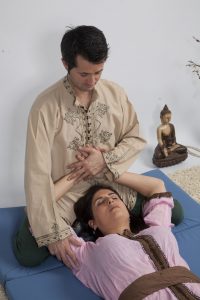 In Shiatsu, it is very important to keep the Hara open and focused while giving a session, as it bestows a number of “gifts”:
In Shiatsu, it is very important to keep the Hara open and focused while giving a session, as it bestows a number of “gifts”:
1. Gives more stability and greater strength of accomplishment and affirmation.
2. It is man’s own “true form” because it allows him to serve in the world, without fear, and freed from the “I”. It adopts a natural and free attitude.
3. It grants a greater receptivity to transparency, awakening in him a kind of consciousness that leads him to establish a “transcendental” contact with the receiver, paying homage to the Divine Being (for his way of feeling, loving, and creating).


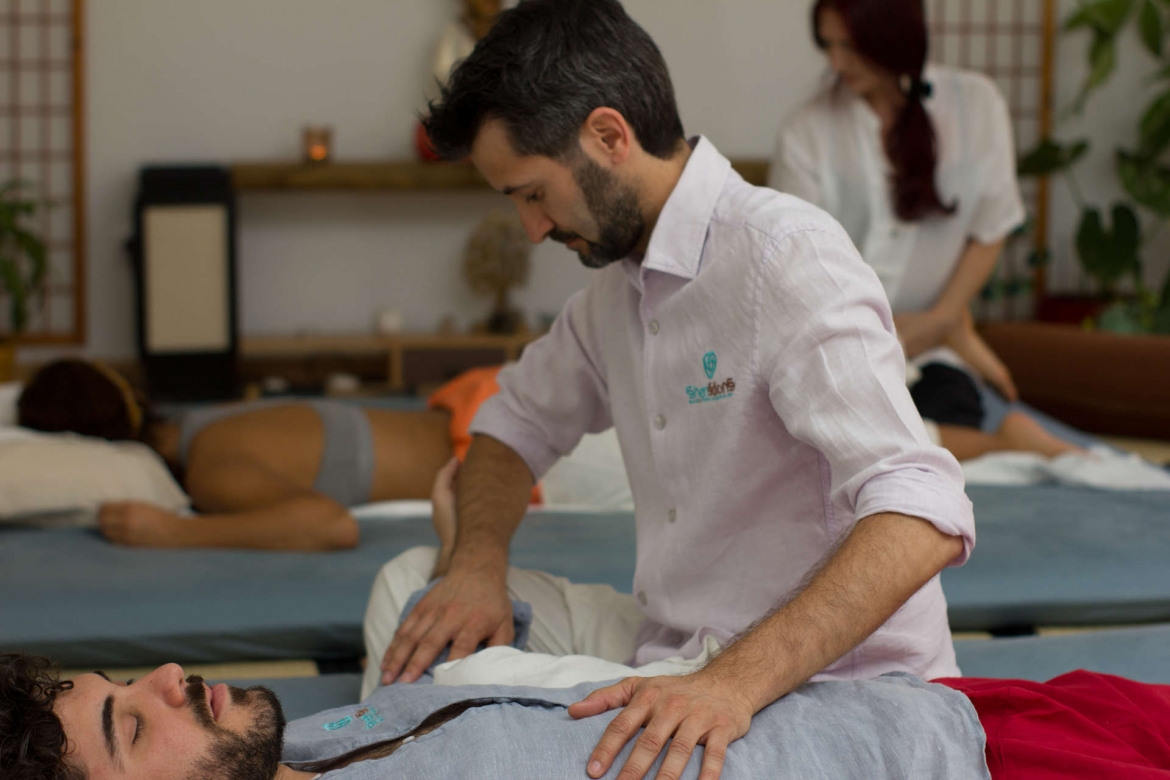
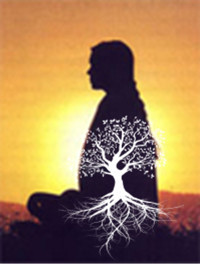
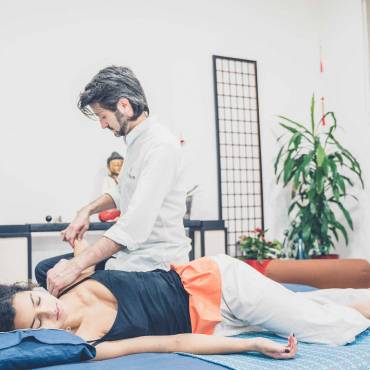
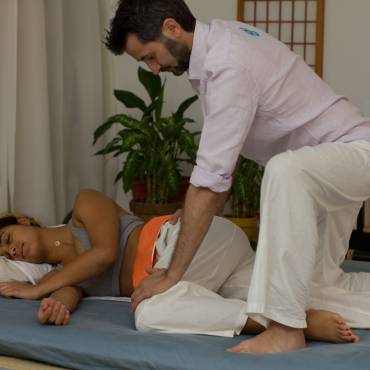
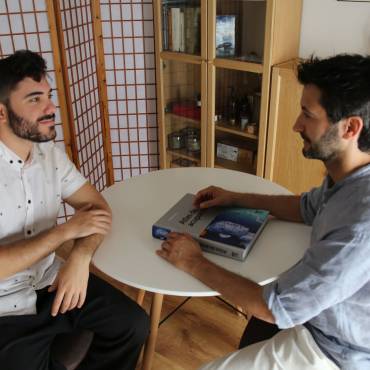
Add Comment